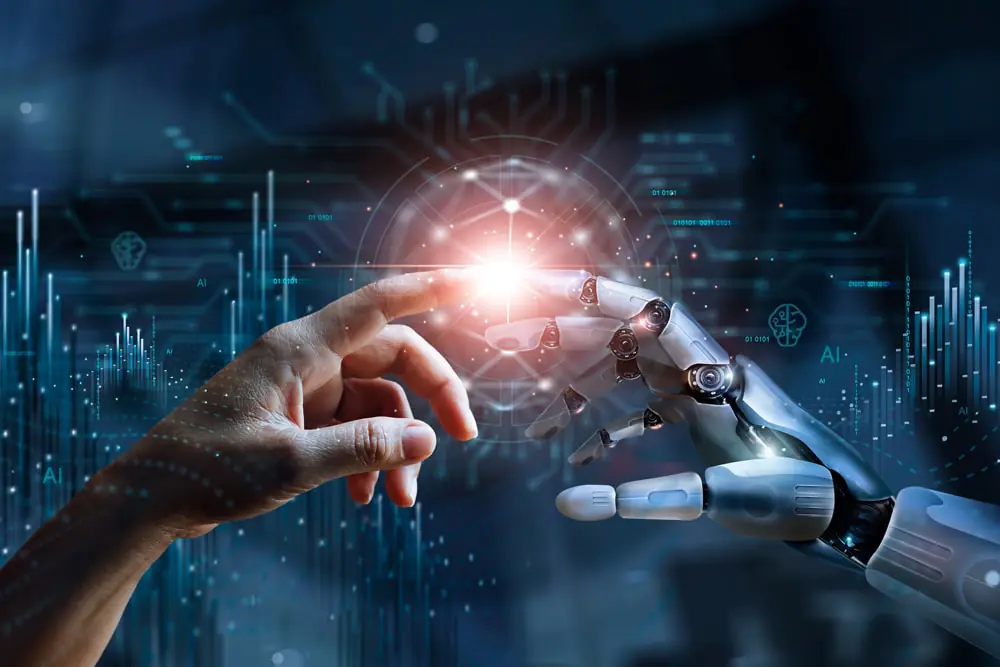Author name
março 13, 2020
Technology Comparison (2025)
Core Technology Focus
| Tesla | Apple | |
|---|---|---|
| Primary Area | Electric vehicles, energy storage, robotics, AI | Consumer electronics, smartphones, AI, services |
| Ecosystem | Cars, solar, battery, smart home, robotics, mobile | iPhone, Mac, iPad, wearables, cloud, new AI tools |
Artificial Intelligence & Ecosystem
Tesla
- AI at Scale: Tesla builds AI into its vehicles (Autopilot), robots (Optimus), and smart devices. Their approach prioritizes real-time, on-device neural network training and learning from the entire fleet of vehicles.
- Edge Computing: Tesla’s AI assistant on devices like the rumored Pi Tablet and Pi Phone leverages on-device (edge) Dojo supercomputers, enabling user-adaptive, privacy-centric features that work broadly—even offline or with Starlink satellite connections.
- Contextual Learning: Tesla’s assistants “learn by observing,” offering suggestions before the user realizes a need and enabling real contextual memory.
- Open Ecosystem: Tesla aims for cross-device, non-proprietary compatibility, permitting app installations from any source and easier data transfer across platforms—unlike Apple’s tightly controlled ecosystem.
Apple
- Apple Intelligence: Apple introduced its generative AI (Apple Intelligence) in 2024, integrating features like advanced Siri, context-based writing, on-device summarization, and photo editing. Apple partners with OpenAI (ChatGPT) and Google for AI services, but their AI is still cloud-reliant for many tasks.
- Device Integration: Apple’s strength remains the seamless integration of hardware, software, and services—Macs, iPhones, Watches, TVs operate within a unified, secure ecosystem.
- Privacy: Apple emphasizes privacy as a differentiator, using on-device processing for some AI tasks and a strict app review process for safety and control.
- Ecosystem Control: Apple keeps a closed system (App Store only), generally limiting compatibility with non-Apple devices and services.
Flagship Innovations (2025)
| Category | Tesla | Apple |
|---|---|---|
| AI/Assistant | Tesla Assistant: Edge AI, personalized, evolves over time, works with Starlink | Siri + Apple Intelligence: Natural language, limited contextual memory, reliant on cloud and Apple integrations |
| Devices | Electric cars, Pi Phone/tablet, robotic assistant (Optimus), charging, solar tech | iPhone, iPad, MacBook (Apple Silicon), Apple Watch, Vision Pro AR headset |
| Connectivity | Starlink global satellite internet in devices, open connectivity | Wi-Fi/Cellular; reliant on local infrastructure, limited cross-ecosystem |
| App Ecosystem | Open, allows apps from any source, cross-device sharing | Closed, App Store only, proprietary file transfer (AirDrop) |
| Hardware | Self-designed chips for vehicles/robotics; high-energy battery packs; AI hardware | Apple Silicon (M-series chips: fast/power-efficient), industry-leading displays |
Automotive & Robotics Focus
- Tesla: Industry leader in autonomous driving, with vehicles equipped for self-driving using a sophisticated sensor, radar, and camera suite. Building humanoid robots (Optimus) and robotaxi services. Heavy investment in high-capacity batteries and supercharger networks.
- Apple: No commercial vehicles—focus is on mobile and desktop devices. Apple’s AR/VR Vision Pro headset expands their tech beyond phones and PCs, but not in mobility or robotics sectors.
Consumer Experience
- Tesla Advantages:
- Apple Advantages:
Summary Table: Key Differences
| Aspect | Tesla | Apple |
|---|---|---|
| AI Approach | On-device, evolving, contextually adaptive | Integration with cloud and OpenAI |
| Ecosystem | Open, cross-compatible, favors edge learning | Closed, tightly integrated |
| Flagship Devices | Electric cars, Pi Phone, Optimus robot | iPhone, iPad, Mac, Vision Pro |
| Connectivity | Starlink-enabled, always-online | Wi-Fi/Cellular, region dependent |
| App Store Policy | Open—sideloading, fewer app restrictions | Closed, App Store only |
| Privacy/Control | Strong on privacy via edge AI; open to third-party apps | Strong privacy controls; curated apps |
Conclusion
Tesla leads in real-time, adaptive AI integration across a diverse hardware ecosystem, emphasizing contextual intelligence, robotics, clean energy, and mobility. Apple continues to define consumer electronics with exceptional user experiences, an unmatched level of device integration, and robust privacy and security, but its AI and ecosystem remain more closed and dependent on centralized services.



